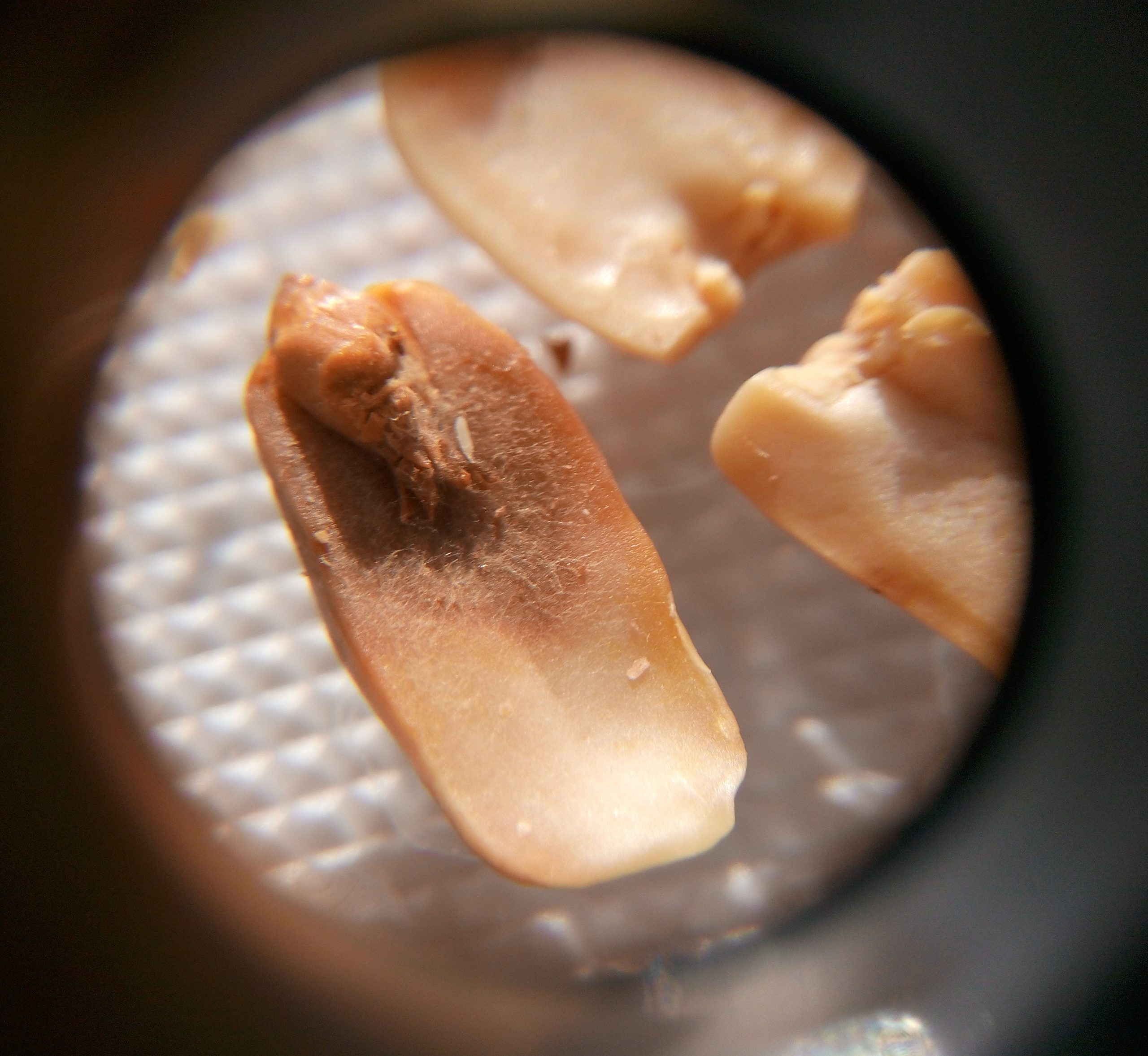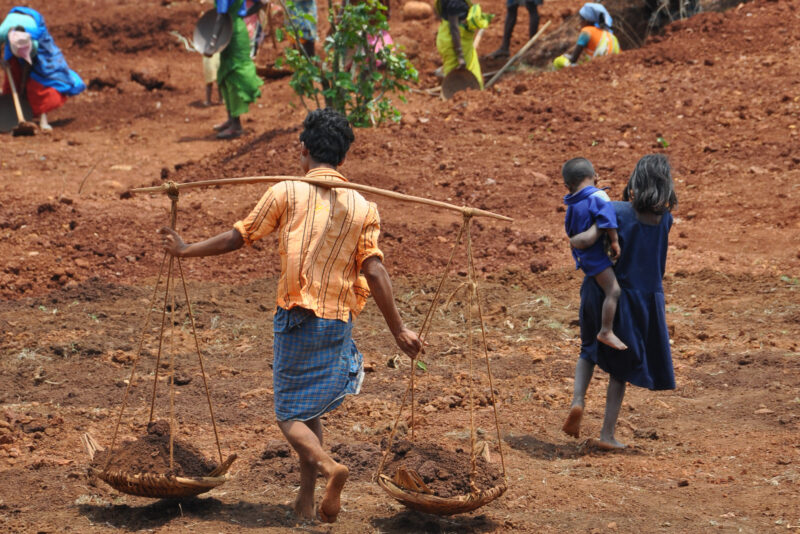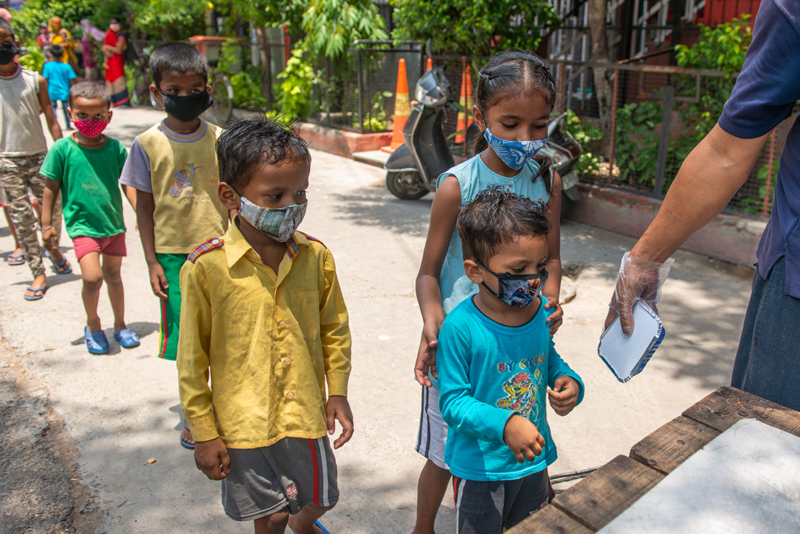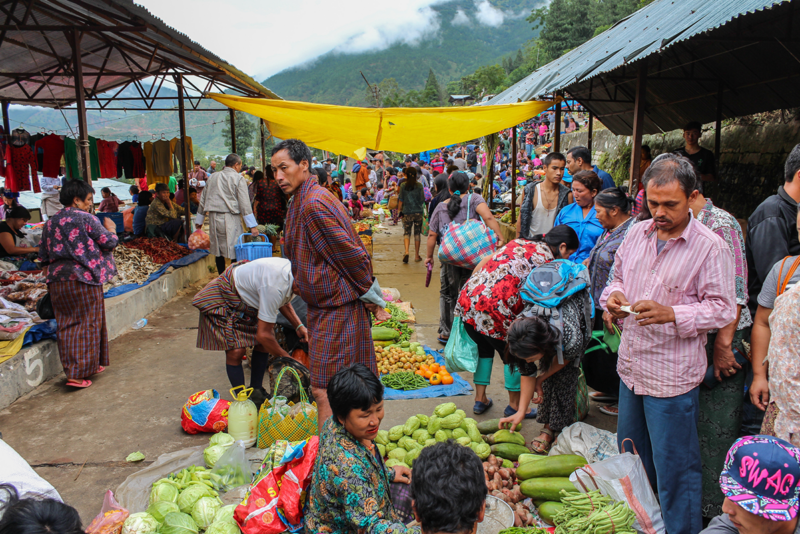Targeted Approach to Mycotoxin Mitigation Is Needed in Indian Food Systems

A new study from the Tata-Cornell Institute for Agriculture and Nutrition (TCI) reveals a significant risk of mycotoxin exposure from staple food commodities in Unnao, India, that warrants targeted food safety interventions to avoid adverse health outcomes.
Mycotoxins are naturally occurring toxins produced by certain types of mold that can grow on a variety of crops and foods. Exposure to mycotoxins can cause a range of debilitating health effects, including cancer, immune deficits, and growth impairment. Identifying and removing contaminated foods from the supply chain is difficult in low-resource countries. Mycotoxins are especially dangerous in food systems like India’s, which is dominated by smallholder agriculture, because foods are often eaten without any formal quality control.
The study, which was published in Food Control, was authored by TCI research associate Anthony Wenndt, Hari Kishan Sudini, Rukshan Mehta, TCI Director Prabhu Pingali, and Rebecca Nelson, a faculty fellow at the Institute.
“Understanding how the seasonal distributions of mycotoxins across commodities interact with dietary patterns is a powerful asset for risk mitigation because it enables interventions to be positioned at the appropriate time and place necessary to prevent or alleviate contamination.”
The study focused on three specific types of mycotoxin: aflatoxin B1, fumonisin B1, and deoxynivalenol. Researchers analyzed contamination levels in maize, groundnut, pearl millet, rice, and wheat in villages across Unnao, Uttar Pradesh. Samples were collected every two months over the course of a year to determine whether contamination levels differ by season.
The researchers found that aflatoxin levels in maize and groundnuts frequently exceeded regulatory thresholds, as did fumonisin levels in maize and pearl millet. Deoxynivalenol was found in only a small percentage of wheat samples and never above the regulatory threshold. Villages in which maize, groundnuts, and pearl millet are prominent crops had greater contamination than those relying on wheat and rice.
“It is widely understood that some foods are more prone to mycotoxin contamination than others and thus contribute more to the risk of dietary exposure,” Wenndt said. “By looking across the range of commodities present in Unnao’s food system, we are able to draw conclusions about risky diets and how they change over time, which is essential for developing effective strategies for limiting exposure.”
According to the study, daily exposure to both aflatoxin and fumonisin often surpassed maximum tolerable intake levels but varied according to season. Fluctuations were usually tied to harvest times or cultural traditions. For example, aflatoxin intake increased significantly during the summer, when groundnuts are both widely consumed and highly toxic in Unnao.
“Understanding how the seasonal distributions of mycotoxins across commodities interact with dietary patterns is a powerful asset for risk mitigation because it enables interventions to be positioned at the appropriate time and place necessary to prevent or alleviate contamination,” Wenndt said.
Mycotoxin mitigation is difficult in impoverished areas like the villages included in the study because of the expense involved and the specific needs of different communities. Given the level of exposure uncovered by the study, the researchers recommend that participatory research be used for food safety interventions. Participatory research can be a useful strategy in low-resource communities because it engages local farmers directly in the research process to identify effective and sustainable solutions.
“A common pitfall of agricultural interventions is that they often rely too heavily on scientific principles, without thoughtful consideration of how the technology will fit into and complement a user’s life. As a consequence, many promising technologies remain under-utilized and ineffective,” Wenndt said. “The farmers in this study were active participants in risk assessment, surveillance, and identifying mitigation strategies, with the aim of elevating intervention options that are best aligned with their specific contexts.”
The study was conducted as part of an ongoing effort by TCI’s Technical Assistance and Research for Indian Nutrition and Agriculture (TARINA) program to enable vulnerable populations to monitor and address food safety challenges that constrain food security, community health, and nutrition.





